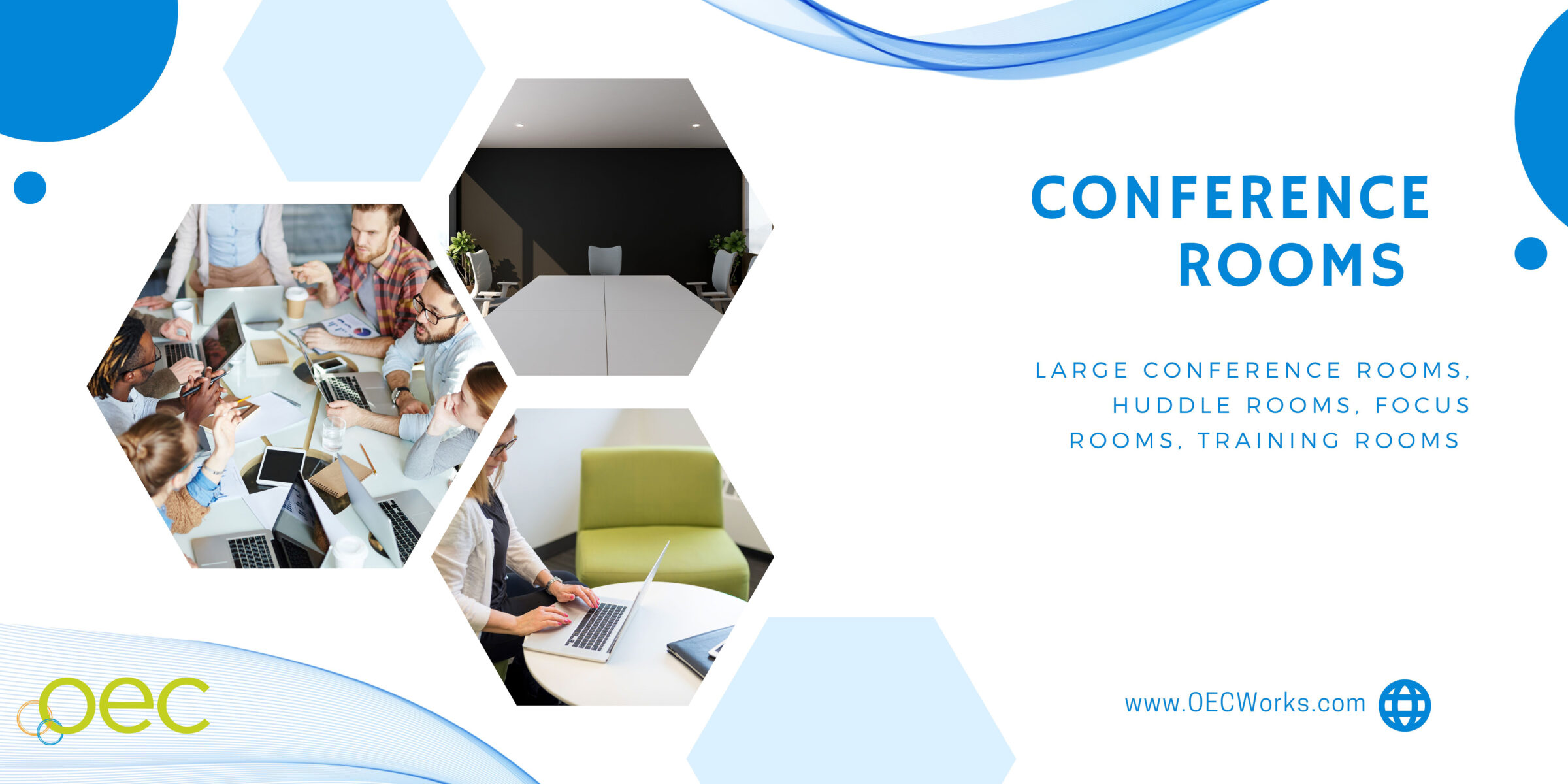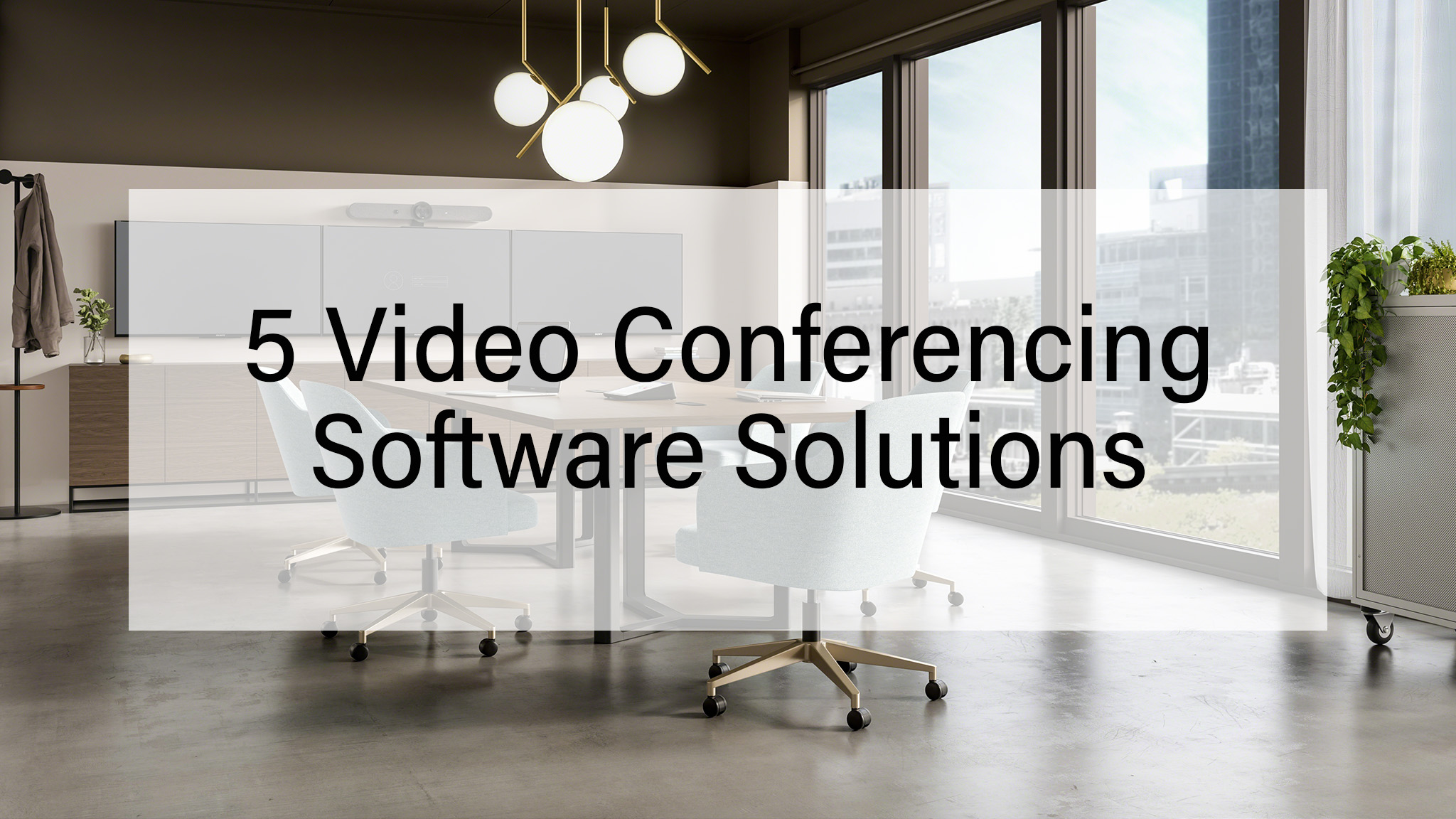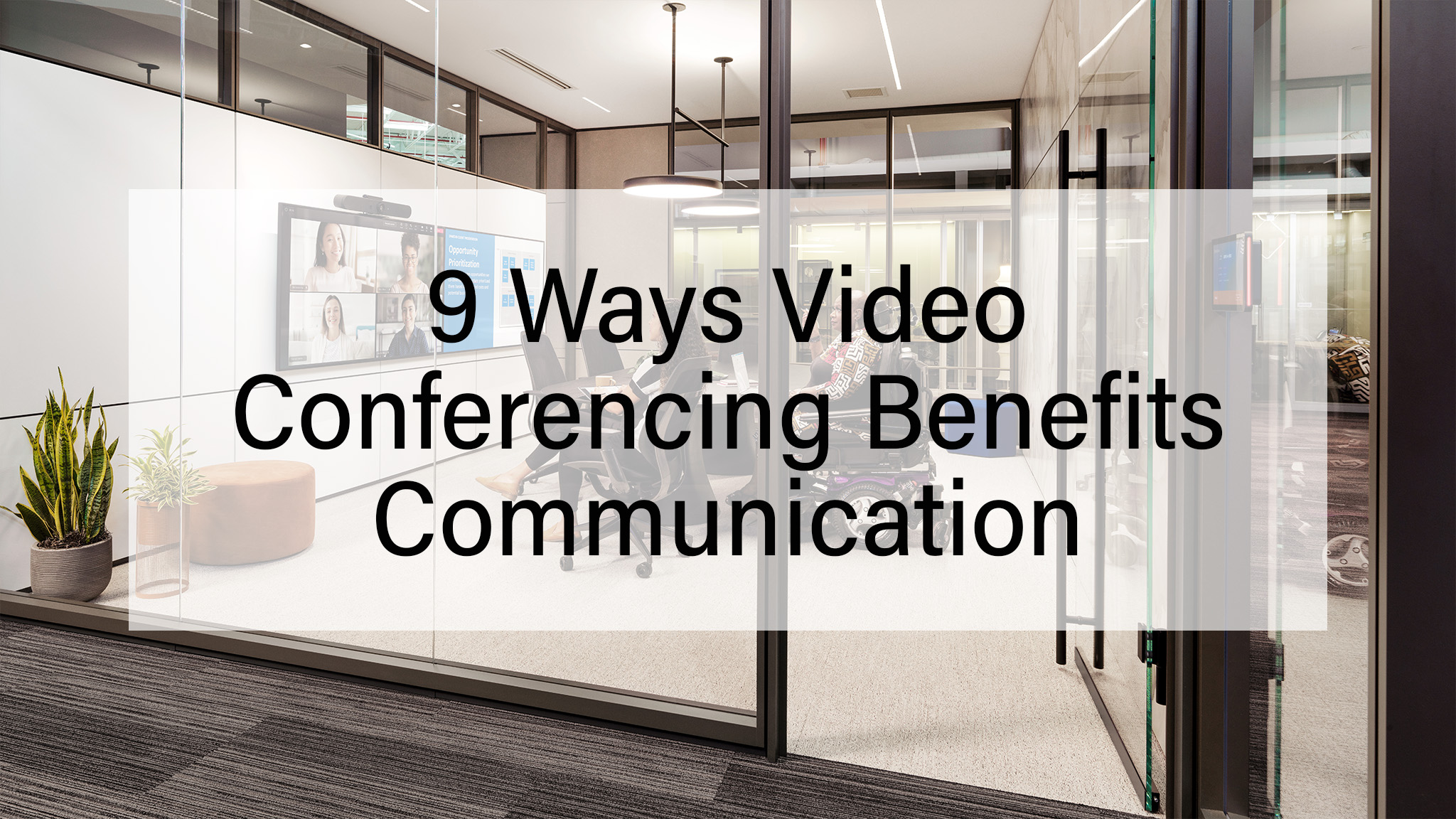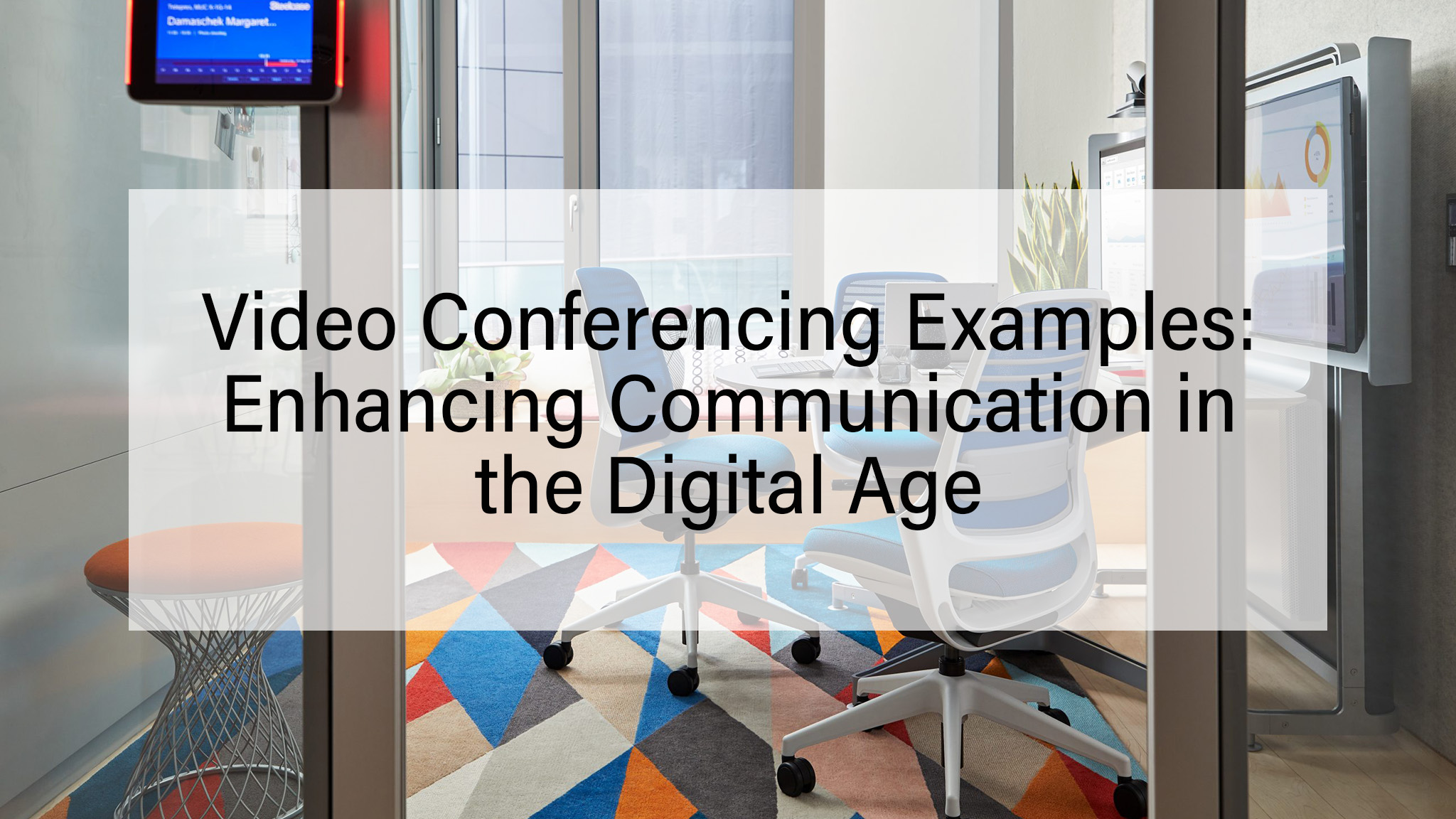How Cradlepoint unlocked the secret (embracing flexibility) to creating a place employees want to work
Since the beginning of the pandemic, the phrase “hybrid work” has been thrown around a lot. It represents an ever-evolving philosophy on where and when work can and should happen. At OEC, we have been helping companies navigate the challenges and benefits of hybrid work and what it means for their organization for a few years now. However, we have not seen anyone embracing flexibility (a.k.a. the core of this philosophy) as successfully as Cradlepoint.
Who is Cradlepoint?
Cradlepoint is a global company headquartered in Boise with a mission of enabling customers to connect beyond the limits of wired networks. If your office’s internet goes down, their hardware routes a connection through a wireless provider like Verizon or T Mobile, ensuring no connectivity loss. That is just one of the many solutions they offer worldwide. In short, Cradlepoint is the industry leader in providing myriad solutions for sharing information securely, 24/7.
Over the last year, Cradlepoint has undergone some significant changes. The company has vacated multiple floors in the Boise Plaza building, built out new floors in the 11th & Idaho building, and moved hundreds of staff into its new space. Overseeing this colossal undertaking was Chris Woods, Cradlepoint’s Senior Facilities Manager in charge of the day-to-day maintenance of Cradlepoint’s numerous facilities and much more. Chris sat down with us to discuss the project as well as the philosophy of the new space.

Flexibility Instead of Hybrid
To begin, Chris doesn’t like the term hybrid. “I feel like that terminology [hybrid] creates a framework, and when people feel like they’ve got a framework, they feel restricted and push back on it. Our whole focus at Cradlepoint has been on driving flexibility.” When the pandemic hit, the Cradlepoint leadership team faced many big decisions. Despite much of their staff working from home at the time, the company was also growing and, therefore, hiring. When everyone returned to work, they would need more space. So, when the opportunity arose, they decided to lease three and a half floors of the new 11th & Idaho building.
However, the leadership team’s mindset changed a short time after making that decision, as did its approach to the philosophy of work. The group started discussing embracing flexibility, making them reevaluate their real estate usage. Rather than needing 800 workstations, they would now require closer to 250. So, when the lease of the fourth floor of the Boise Plaza came up, they decided to move out of that space and into the new 11th & Idaho building. Today they occupy one floor in the Boise Plaza with three and a half new floors under lease at 11th & Idaho. By embracing flexible workstyles, Cradlepoint reduced its real estate from roughly six floors across two buildings to four and a half.

Designing for Flexibility
As Chris approached the design for the new floors, he saw it as an opportunity to elevate the company’s standards and create an office where employees want to work. He thought about everything from amenities and resources to technology and finishes. “The whole process has been navigating the unknown. There is value in having face-to-face interaction because something is lost from a digital connection. So, we asked ourselves, ‘What can we put in place that supports people being here and makes it a great experience?’ That could look like a gym, a Microsoft Teams room, an espresso machine, or a free food Wednesday (which our staff loves). It is no longer about coming to the office and sitting at a desk. Now it’s about the interaction within the office.”
Being a Magnet
Cradlepoint has chosen to empower organization leaders to make decisions based on what they think is best for their department. So, some groups must be in the office more often than others. While the R&D floors are at 80% capacity three days a week, the 8th floor, with multiple departments, sees fewer people coming in regularly. Creating the right spaces for those teams requires flexible thinking.
“Oftentimes when people come into the office, they do so for a training or client meeting and need a conference room rather than a workstation. That has changed how I approached the design of some of our spaces. While we originally planned for 25 Microsoft Teams rooms, I chose to install only 14 and leave the rest as flexible spaces: a game room, lounge, huddle room full of whiteboards, or even a gym. Leaving these spaces open allows us to adjust to what is working.”
When Chris started planning the space, he had teams who were hell-bent on never returning to the office. They now have designated workspaces. That is the power of great design and an open conversation with employees. “We have tried hard to listen to employees and what they need. It’s not always easy to embrace that, but I think it’s served a great purpose so far.”

Working With OEC
To complete the project, Chris called on the full power of the OEC team, including Workplace Consultant Jill Miller, Design Director Jen Galloway, Project Manager Riley Weber, and VP of Technology Josh Messner. “We have a long-standing relationship with OEC and always come back because they make it easy.” Chris met with Riley because he had concerns about the timeline.
“Riley showed me the schedule and said he would make it happen, and he did. Moving was only a piece of what Riley and his team did. Not only did they get three floors built out with new furniture, but they also relocated people and decommissioned an entire floor of existing furniture we then used in our new warehouse. I received a lot of praise for everything coming together, but most people don’t even know half of it. If anyone thinks they got something done alone, they are blind, especially when you have so many moving pieces.”
Elevating The Aesthetic
Working with Jill and Jen on the design differed from what Chris had done in the past. With a short timeframe and a somewhat flexible budget, the group chose furniture and finishes that elevated the space without adding many extra costs. They got to experiment with some collaborative spaces and select finishes that added a lot of flair to the floor plan. “I leaned heavily on Jen and Jill because they had the experience. I would share what I was thinking, and they would provide an example, and we went from there. They had a great interpretation of the things we were looking for. I never felt lost because I always had their direction and guidance where needed.”
This project was the first time Chris experienced what it was like working with the OEC AV department as well. “I love working with Jill and Riley because they always answer my calls. Josh was no different. If an issue came up, Josh would come right over to troubleshoot. His team did our 14 Microsoft Teams rooms, and when there was an issue with the IT team getting set up, they came in at 4 am to make sure everything was ready on time. The fact that they put in that effort and got it up and running speaks volumes to me.”

Embracing Flexibility and the Future of Cradlepoint
With four fully functional floors and half a floor available for future needs, Cradlepoint has successfully created a space where employees want to work. In turn, those happy employees can focus on improving clients’ lives and companies’ efficiency using Cradlepoint’s solutions. By embracing flexibility in its attendance and physical space, Cradlepoint has unlocked the key to creating a productive and happy workforce. What could embracing flexibility do for you?
Receive our Newsletter
To receive our newsletter, including new editions of spaces and other digital content, fill out the form:



























